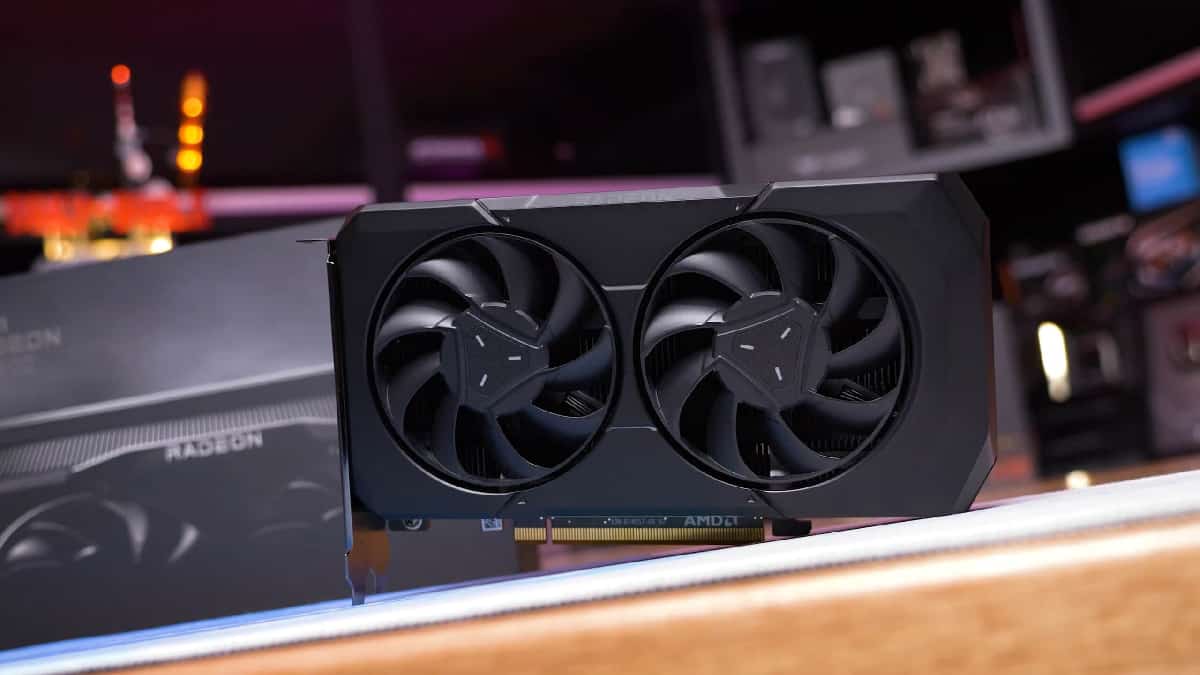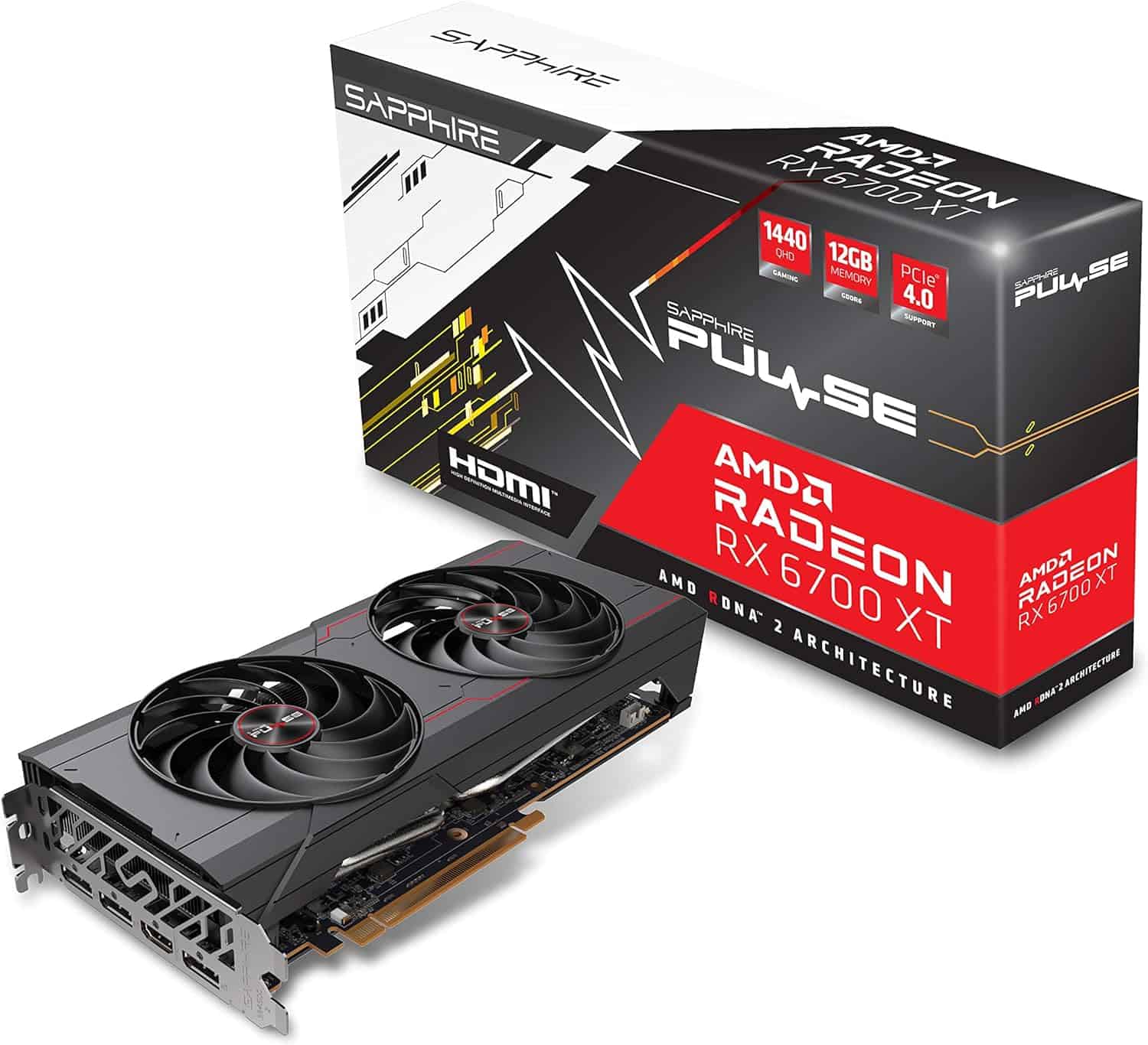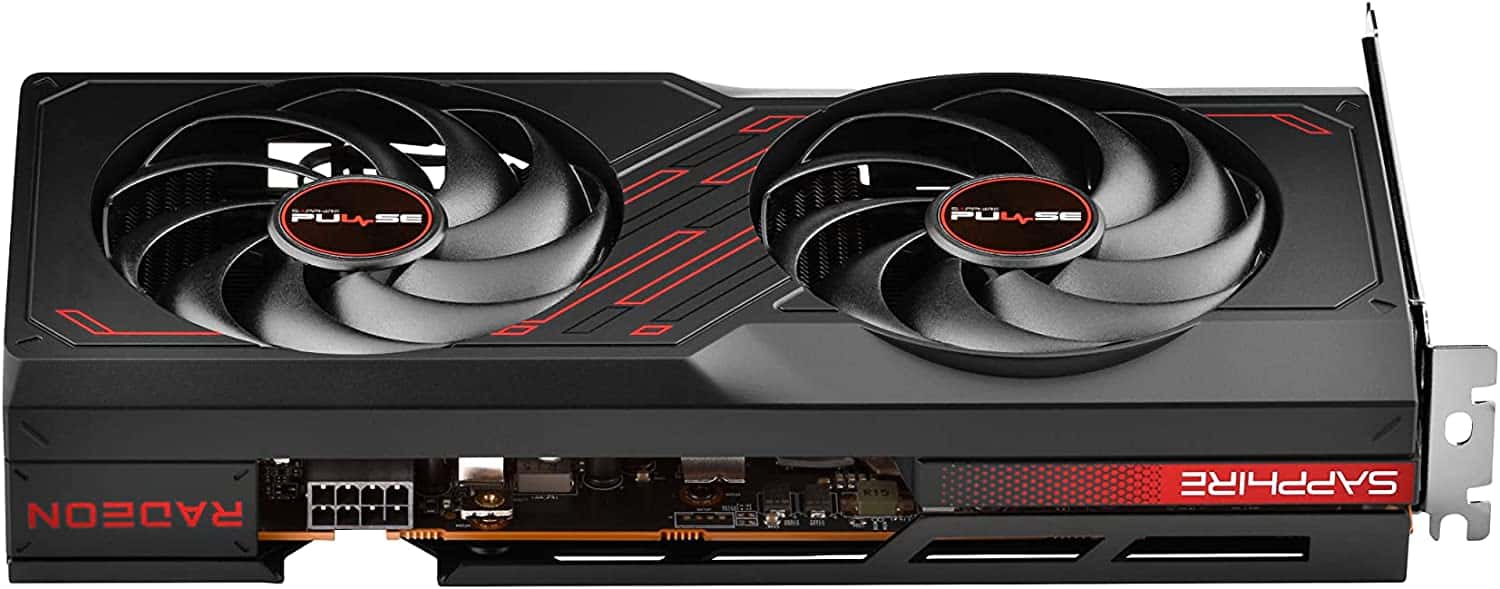RX 7600 vs RX 6700

Table of Contents
As we enter a new chapter in the AMD graphics card saga, this article presents a side-by-side comparison of AMD’s latest offering, the RX 7600, with its predecessor, the RX 6700. Each card holds its own unique position within the graphics processing space, with the RX 7600 hoping to provide a cost-effective solution without compromising on performance, and the RX 6700 offering solid, proven capabilities. Join us as we delve into the specifics of each in the RX 7600 vs RX 6700 debate, examining the differences, strengths, and unique selling points of these two AMD GPUs.
RX 7600 vs RX 6700: Specs Comparison
Comparing TDP, the RX 7600 stands out with a more efficient 165W TDP compared to the RX 6700’s 175W. This small but significant difference can affect both the energy consumption and heat output of your PC build.
In terms of memory configuration, both cards rely on GDDR6 technology, but there are important differences. The RX 7600 comes with 8GB of GDDR6 memory on a 128-bit interface, while the RX 6700 packs 10GB of GDDR6 memory but offers a wider 160-bit interface.
| Specs | RX 7600 | RX 6700 |
|---|---|---|
| Architecture | Navi 33 | Navi 22 |
| Cores | 2048 | 2304 |
| Texture Units | 128 | 144 |
| Raytracing Cores | 32 | 36 |
| Base Clock | 1720 MHz | 1941 MHz |
| Boost Clock | 2655 MHz | 2174 MHz |
| Memory | 8GB GDDR6 | 10GB GDDR6 |
| Memory Interface | 128-bit | 160 bit |
| TDP | 165 W | 175 W |
| Price | $269 | $479 |
This means that the RX 6700 should deliver superior performance when handling large textures or other memory-intensive tasks.
Lastly, looking at clock speeds, the RX 7600 has a base clock of 1720 MHz, boosting to 2655 MHz. The RX 6700, on the other hand, starts at a slightly higher 1941 MHz base clock but peaks at a lower 2174 MHz boost clock. These differences reflect the generational improvements between the cards, with the RX 7600 offering higher peak speeds despite its lower price point.
RX 7600 vs RX 6700: Price
Comparing the RX 7600 and RX 6700, the RX 7600 emerges as the more budget-friendly option at $269. The RX 6700, priced at $479, does offer better performance and could be an attractive option for those who are willing to pay a bit more for that extra power. However, for gamers focused on 1080p gaming, the RX 7600 offers an excellent balance of price to performance.
RX 7600 vs RX 6700: Performance
Analyzing the performance of the newly announced RX 7600, it is evident that the card positions itself snugly within the existing performance range, falling between the RX 6650 XT and RX 6700. This is a narrow gap to fill, given the differences between these GPUs.
Test results reveal that the RX 6700 10GB exhibits an approximately 5% speed advantage over the 6650 XT in 1080p medium settings, and this advantage grows to around 10% under 1080p ultra settings. This makes the appearance of the RX 7600 in this performance space all the more intriguing.
When comparing the RX 7600 directly with the RX 6700, the RX 7600 tends to trail, considering the RX 6700’s slight speed advantage. The RX 7600 holds its own, however, it does not redefine the status quo of the current GPU market in any revolutionary way.
RX 7600 vs RX 6700: Final Thoughts
The RX 7600 and the RX 6700 offer differing levels of performance for differing price points. The RX 6700, being the more expensive of the two, offers better overall performance, and will suit those looking to push their gaming experience a little further.
However, the RX 7600 offers an excellent balance of price to performance, especially for gamers targeting 1080p gaming. It may not have quite the raw power of the RX 6700, but it comes in at a significantly lower price point, making it an attractive option for those shopping on a budget. Both cards have their strengths, and your choice between them should be informed by your specific needs and budget.
Frequently Asked Questions
Is RX 7600 good for gaming?
Yes, the RX 7600 is a solid choice for gaming, especially if you’re primarily playing at 1080p resolution. It offers great performance for its price and is capable of running most modern games smoothly at high settings. It’s a particularly good choice if you’re on a budget or if you’re looking to upgrade from an older or less powerful graphics card. However, for higher resolutions or the most demanding games, you might want to consider a more powerful GPU.


